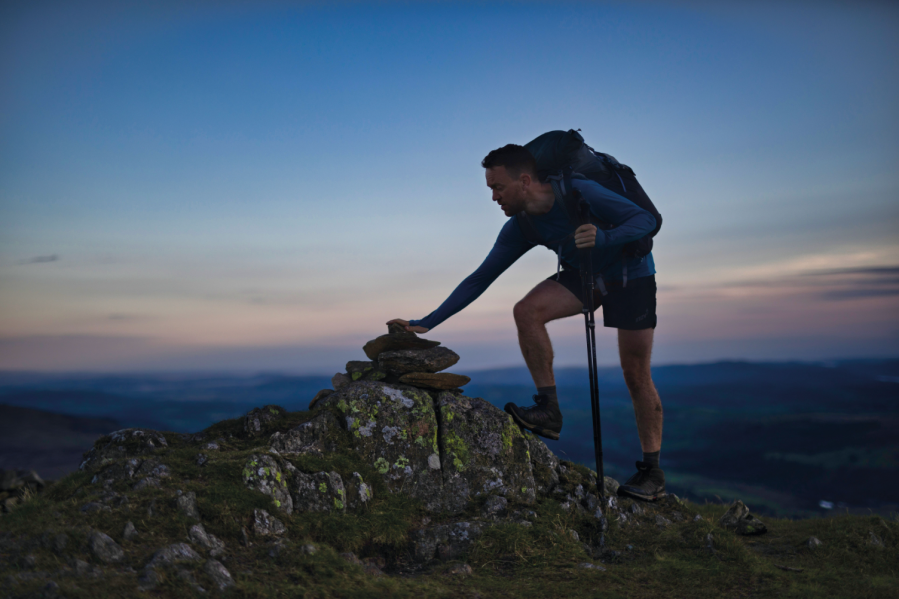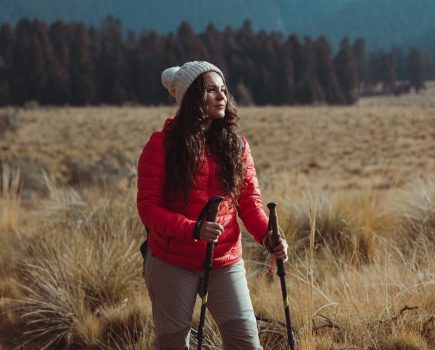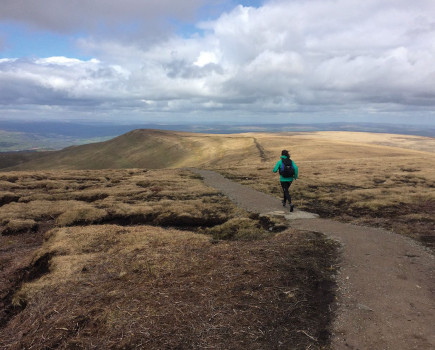Main image: James Forrest on his Wainwrights peak bagging expedition | Credit: INOV8 / Dave MacFarlane
Nothing splits the opinion of hill folk like a tick list. Some are uncomfortable measuring the joys of getting outdoors in numbers, while others find motivation in having a definable goal. If you’re list-curious, a bagging challenge could be just what you need to kick off a prolific year of hillwalking.
And who better to turn to for advice than the following five seasoned British baggers?
Anne Butler
The first female president of Mountaineering Scotland and vice president of the Munro Society, Anne is the first known woman to bag a ‘Full House’ of hills twice.
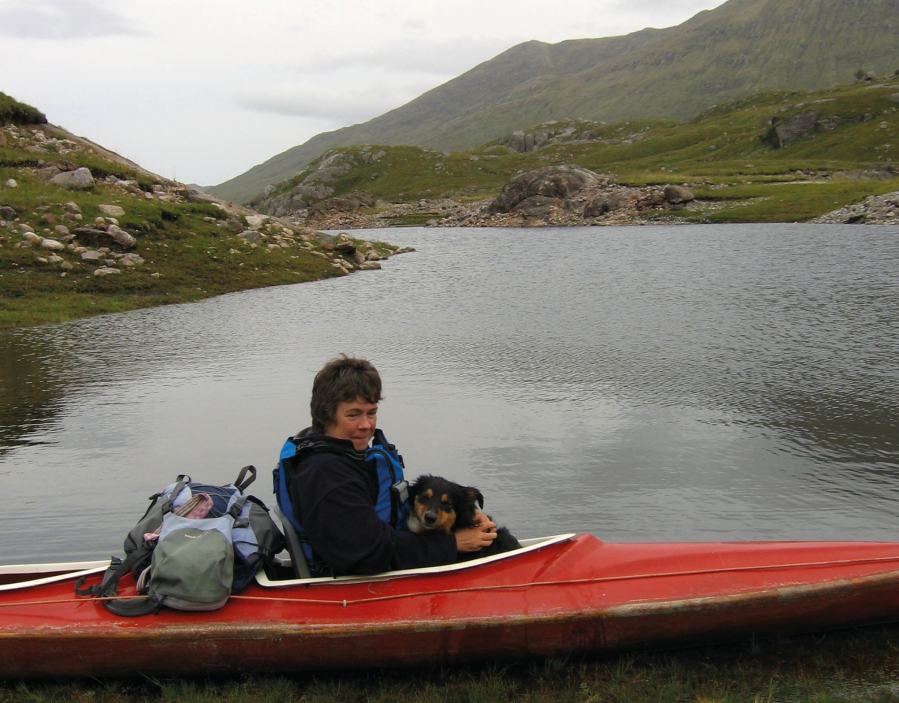
1. Decide whether bagging is for you: I think either you’ve got a bagging gene or you haven’t. For me, bagging gives me that extra sense of purpose, motivation and focus.
2. Don’t fixate on a particular list: There was a time when I put the blinkers on and wouldn’t climb up anything that wasn’t a Munro. But there are so many other good hills out there…
3. Take days off: Every year I have a few months where I decide not to be driven by bagging. I climb the hills I want to climb for a nice day out, and that’s really invigorating.
4. Pick an achievable goal: If you can only walk one weekend per month, you’re not going to manage a record Munro round. Pick something you can do.
Rob Woodall
Rob was the first person to bag all 1,500 Marilyns. He’s now working on the global ‘Ultra peaks’ – mountains with a topographic prominence of over 1,500m.
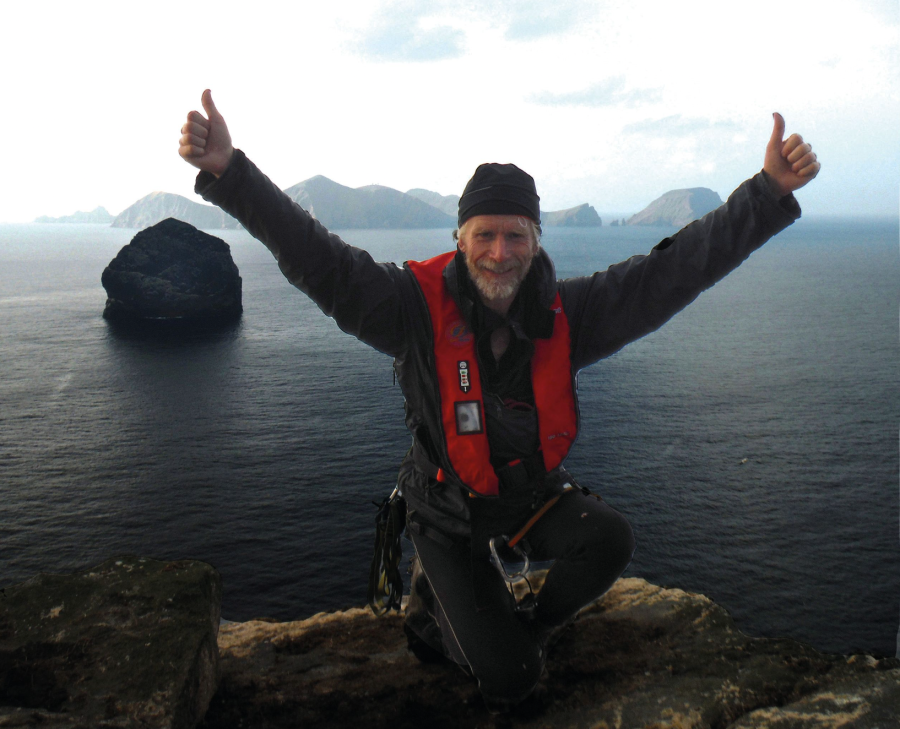
1. Technology is your friend: Apps and websites (such as www.hill-bagging.co.uk) are useful not just for visualising what you have to do, but also to keep track of new hills, demoted hills, and relocated hills.
2. Embrace variety: I don’t like to spend too much time in one area. Change is nice!
3. Follow the weather: If you’re doing the Munros, for example, and it’s bad in the west – go east!
4. One chunk at a time: When you’re working through a big list slowly, ticking off sections will give you a real feeling of progress.
Juls Stodel
Proving that mountain challenges needn’t always be about peak bagging, Juls has slept in every one of the UK’s MBA (Mountain Bothies Association) bothies.
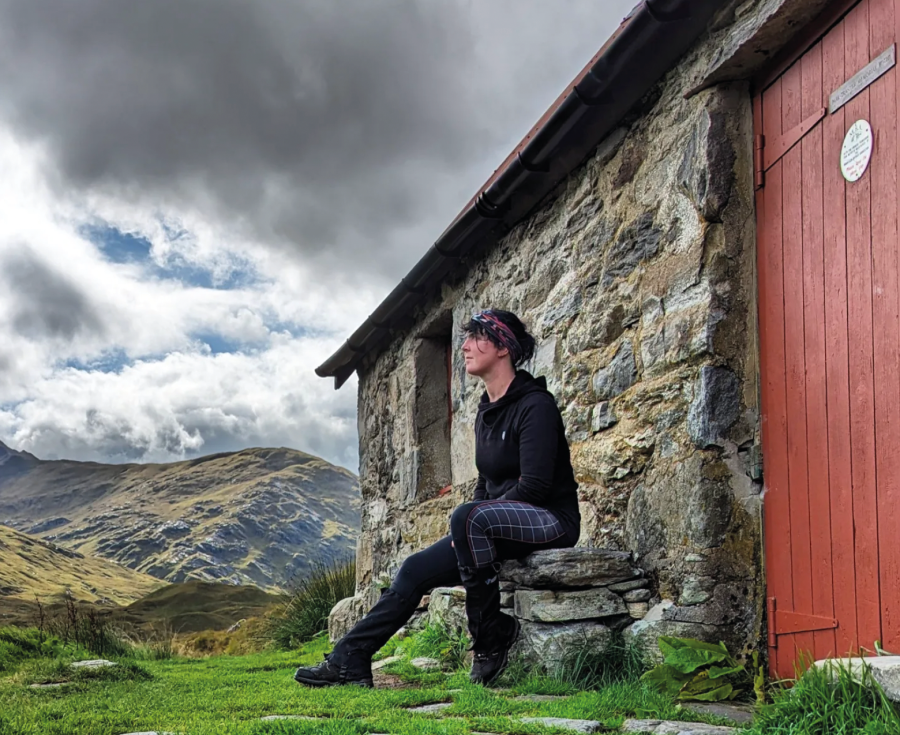
1. Keep a record: I use Instagram a lot but I also kept journals and I’m so glad I did – there’s so much detail I’d forgotten about.
2. Connect with others: The bothy community has always been incredibly welcoming and supportive towards me. The friendships I made were one of the best things about the experience.
3. Look after your basic needs: When everything seemed totally miserable and overwhelmingly difficult, it often wasn’t – I was just hungry, cold or tired!
4. Pen your own list: We have a phenomenal number of caves, tidal islands, battlefields, ancient geology, barrows, cairns and more to explore!
Paul Gamble
Paul is a seasoned compleater of Munros, Wainwrights and long-distance treks. He’s based in Oxford and fits his bagging activities in around a busy work schedule.
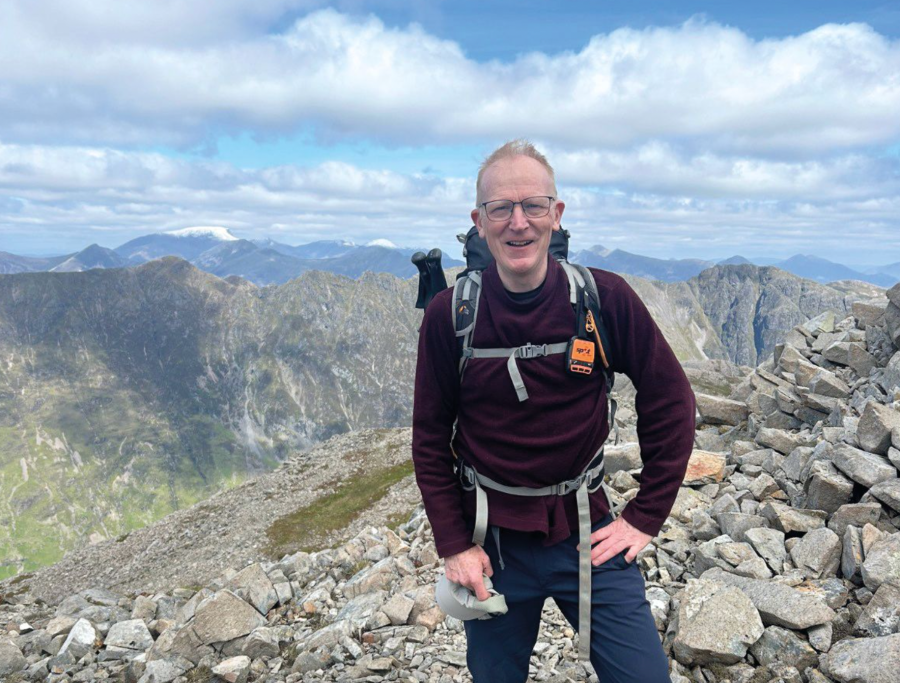
1. Set local targets: For me, that’s included the Thames Path and the Oxfordshire Way. Without a doubt, I built confidence and leg strength for the Scottish hills by getting out and about throughout the year nearer home.
2. Ask for company: Heading into the hills with friends or fellow walkers is brilliant support when you’re starting out.
3. Put the effort in early: I very consciously focused on getting the trickier and longer hills done.
4. Save the best until last: On my Munro round, I deliberately left the whole of Kintail until almost the end – I wanted a treat section as part of the growing feeling of celebration.
James Forrest
James is famous for his record-breaking bagging feats, which include climbing all 1,001 mountains in the UK and Ireland in the fastest known time. You can read more about his adventures in his book, Mountain Man.
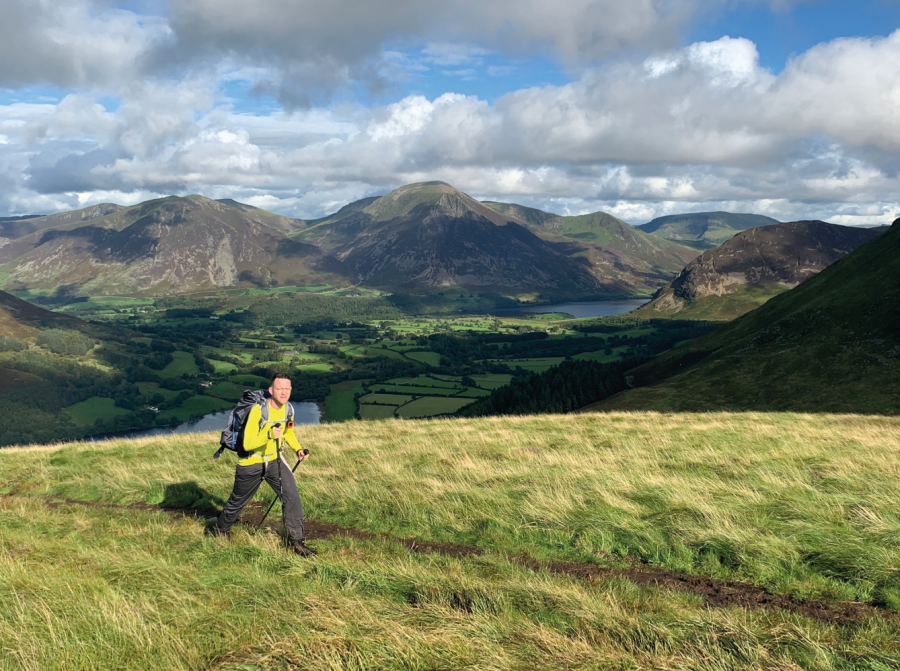
1. Plan your routes carefully. Tick off groups in one area – it’s annoyingly easy to leave one peak left, and means more in travel costs too.
2. Get some overnighters in: Whether you’re bivvying on a summit or camping next to a tarn, wild camping is a magical experience – and an efficient way to tick off several summits into the bargain.
3. Track your progress: It’s a lovely moment when you’ve finished a walk and can tick off the summits you’ve bagged. The free British Hills app has user-friendly check lists, or you can buy tick-list wall maps.
4. Enjoy every moment: Pick your battles – it’s easy to become a slave to the list, which will only serve to spoil the fun.
Read more: How to make your adventures more sustainable

